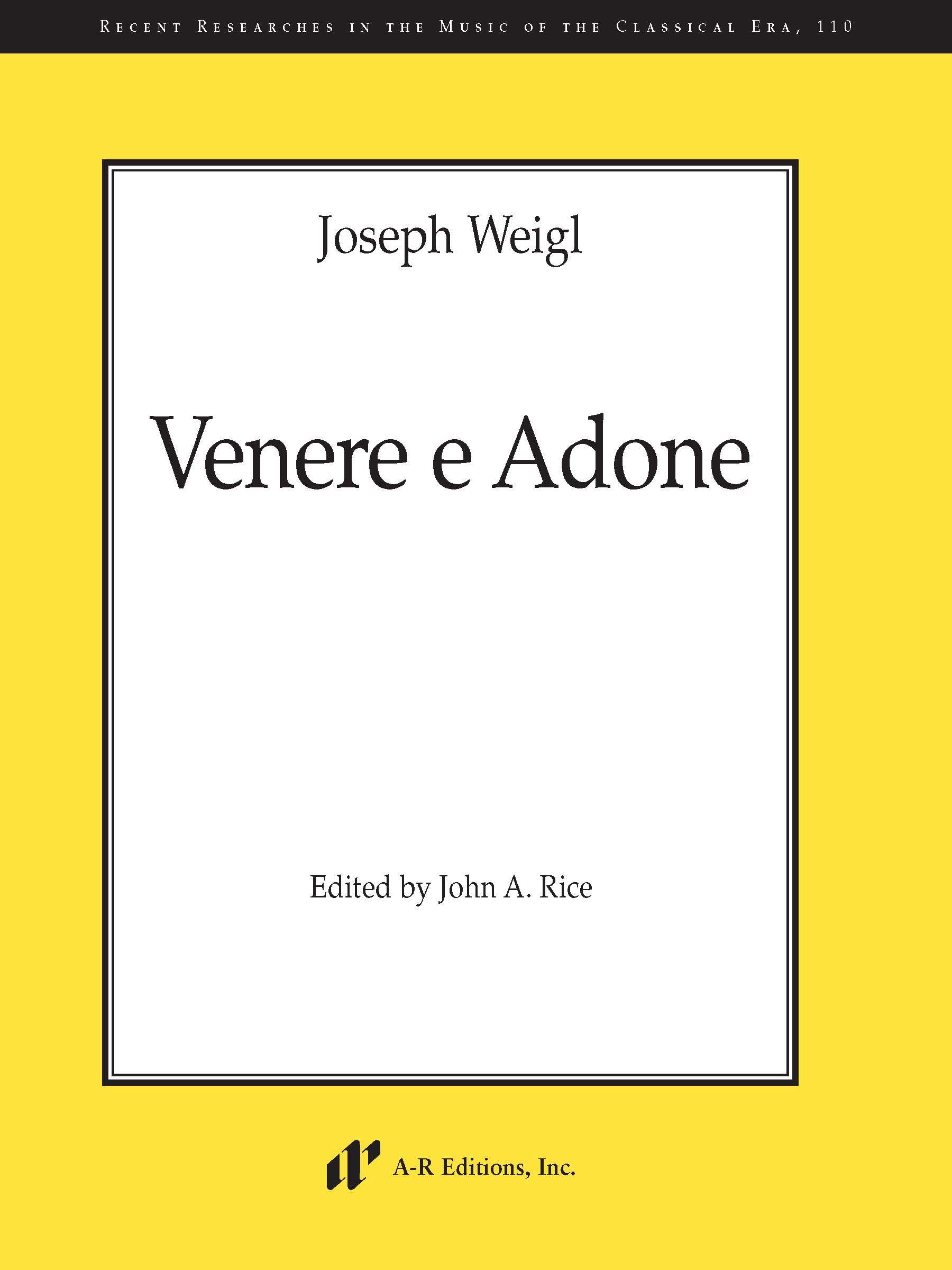Recent Researches in the Music of the Classical Era, 110
Edited by John A. Rice
xxxv, 2 plates, 380pp. $500.00
A-R Editions 2019 ISBN 978-1-9872-0087-4
A year after his father’s death, Prince Anton Esterházy planned to mark his installation as High Sheriff of Sopron in 1791 and was not best pleased that Kapellmeister Haydn (one of only two musicians he had retained!) would not return immediately from London to compose and organise the music. Instead, he was obliged to turn to Joseph Weigl, son of a former court cellist and who had been studying with Salieri in Vienna. John A. Rice’s excellent introductory essay gives a detailed account of both the political background and the critical timing that brought this “end of an era” piece to fruition.
Divided into two parts, the cantata – which sees Adonis brought back to life for a happy ending – consists of cavatinas, arias, accompanied recitatives, arias and choruses. There are four named characters (SSTT), each with some technically demanding music, and choruses of SA and TB (both with sub-divisions). The orchestra (sometimes on stage) has pairs of flutes, oboes, clarinets, bassoons, horns and trumpets, as well as strings and timps. There are obbligato parts for the wind principals and cello.
This substantial volume presents the piece in A-R Editions’ house style and concludes with a surprisingly short critical commentary (especially since most of the comments relate to the words rather than the music!). Rice has done a fine job of reconciling the printed libretto with the variants in Weigl’s score, and in providing a full translation. One would hope that someone somewhere will perform the work so that it can once again be enjoyed.
Brian Clark
Click here to visit the publisher’s website.
